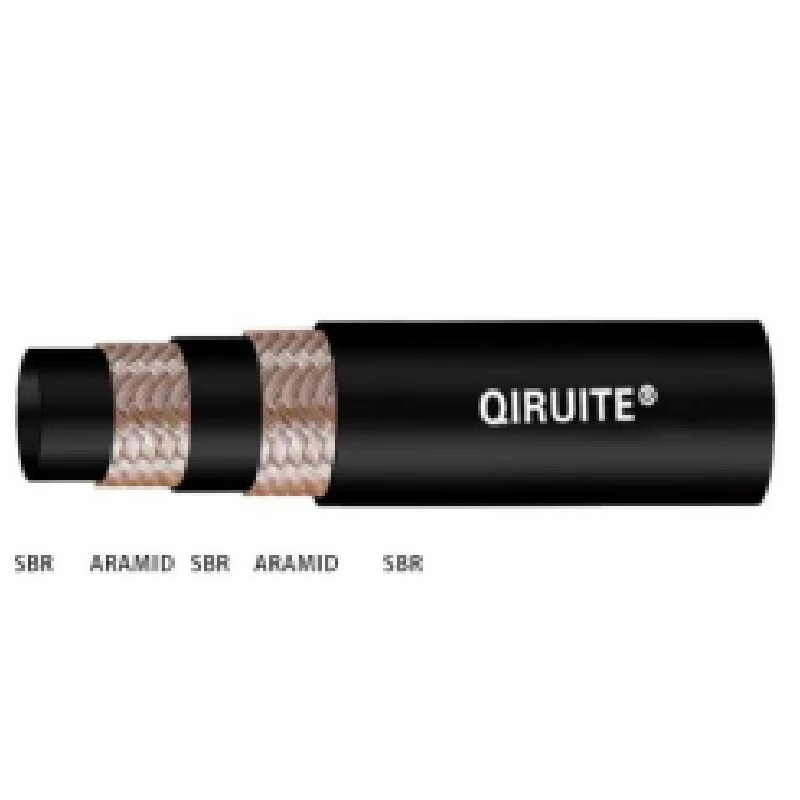power steering hose vs fuel line
Power Steering Hose vs. Fuel Line Understanding the Differences
When it comes to vehicle maintenance, understanding the components that keep your car running smoothly is crucial. Two important elements you might encounter are the power steering hose and the fuel line. Although they may seem similar at first glance, they serve distinct purposes and have different characteristics. This article delves into the differences between power steering hoses and fuel lines, highlighting their roles, materials, and maintenance considerations.
Functionality
The power steering hose is a vital component of a vehicle’s steering system. It transmits hydraulic fluid from the power steering pump to the steering gear, allowing for easier manipulation of the steering wheel. This hydraulic assistance reduces the effort needed to turn the wheel, making driving more effortless and enjoyable, especially in tight spots or during parking maneuvers.
On the other hand, the fuel line is responsible for delivering fuel from the tank to the engine. It ensures that the engine receives a steady and adequate supply of gasoline or diesel, which is crucial for combustion and overall engine performance. A properly functioning fuel line is essential for the efficiency and reliability of the vehicle’s operation.
Materials Used
Power steering hoses are typically made from reinforced rubber or hydraulic hose material. They need to withstand high pressures and are designed to resist wear, temperature fluctuations, and exposure to various chemicals in the engine bay. The construction of these hoses is critical as it directly impacts the performance of the power steering system.
power steering hose vs fuel line

Fuel lines, on the other hand, are usually constructed from materials such as high-density polyethylene (HDPE) or stainless steel, depending on the vehicle's make and model. These materials must be compatible with fuel and resistant to corrosion, pressure, and temperature changes. Since fuel is flammable and potentially hazardous, the integrity of the fuel line is paramount in preventing leaks that could lead to dangerous situations.
Maintenance and Durability
Both power steering hoses and fuel lines require regular maintenance checks, but the signs of wear and potential failure vary. A failing power steering hose may exhibit leaks or develop bulges, resulting in reduced steering assistance and, ultimately, steering failure. Drivers may notice increased difficulty in steering, noise from the pump, or fluid puddles under the vehicle.
Fuel lines, when deteriorating, can cause fuel leaks, which are much more dangerous. Symptoms of a failing fuel line may include a fuel smell near the engine or a decrease in engine performance. It’s crucial to inspect fuel lines regularly, as a ruptured line can lead to fires or engine failures.
Conclusion
In summary, while the power steering hose and fuel line may serve essential functions in a vehicle, they are distinct components with unique materials and maintenance needs. Understanding these differences is vital for any car owner seeking to maintain their vehicle effectively. Regular inspections, timely replacements, and a solid understanding of these systems can contribute significantly to vehicle safety and performance, ultimately leading to a better driving experience. Whether you are a seasoned mechanic or an everyday driver, keeping an eye on these critical components is integral to the health of your vehicle.
-
Ultimate Spiral Protection for Hoses & CablesNewsJun.26,2025
-
The Ultimate Quick-Connect Solutions for Every NeedNewsJun.26,2025
-
SAE J1401 Brake Hose: Reliable Choice for Safe BrakingNewsJun.26,2025
-
Reliable J2064 A/C Hoses for Real-World Cooling NeedsNewsJun.26,2025
-
Heavy-Duty Sewer Jetting Hoses Built to LastNewsJun.26,2025
-
Fix Power Steering Tube Leaks Fast – Durable & Affordable SolutionNewsJun.26,2025

